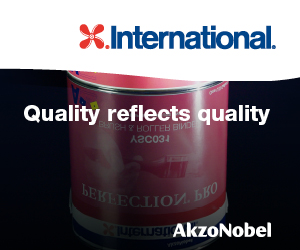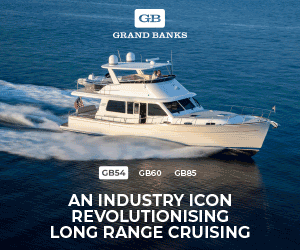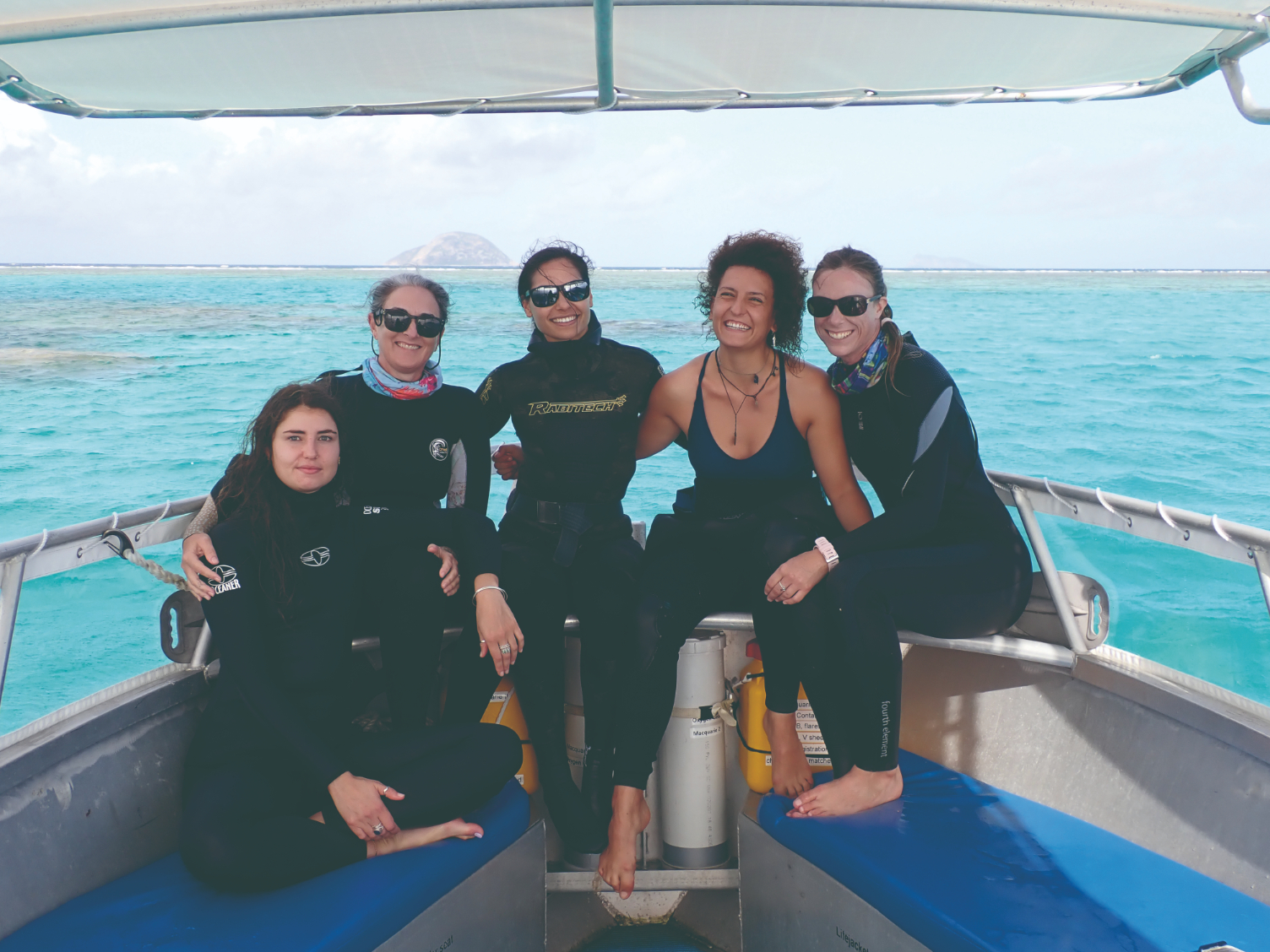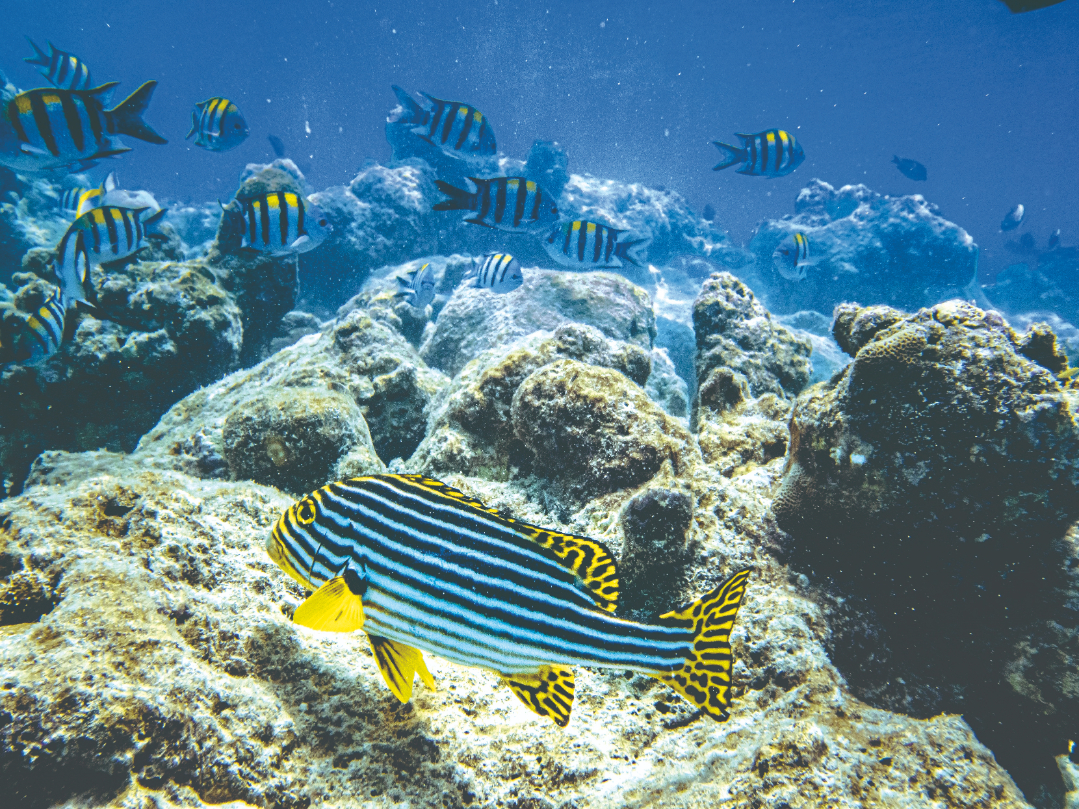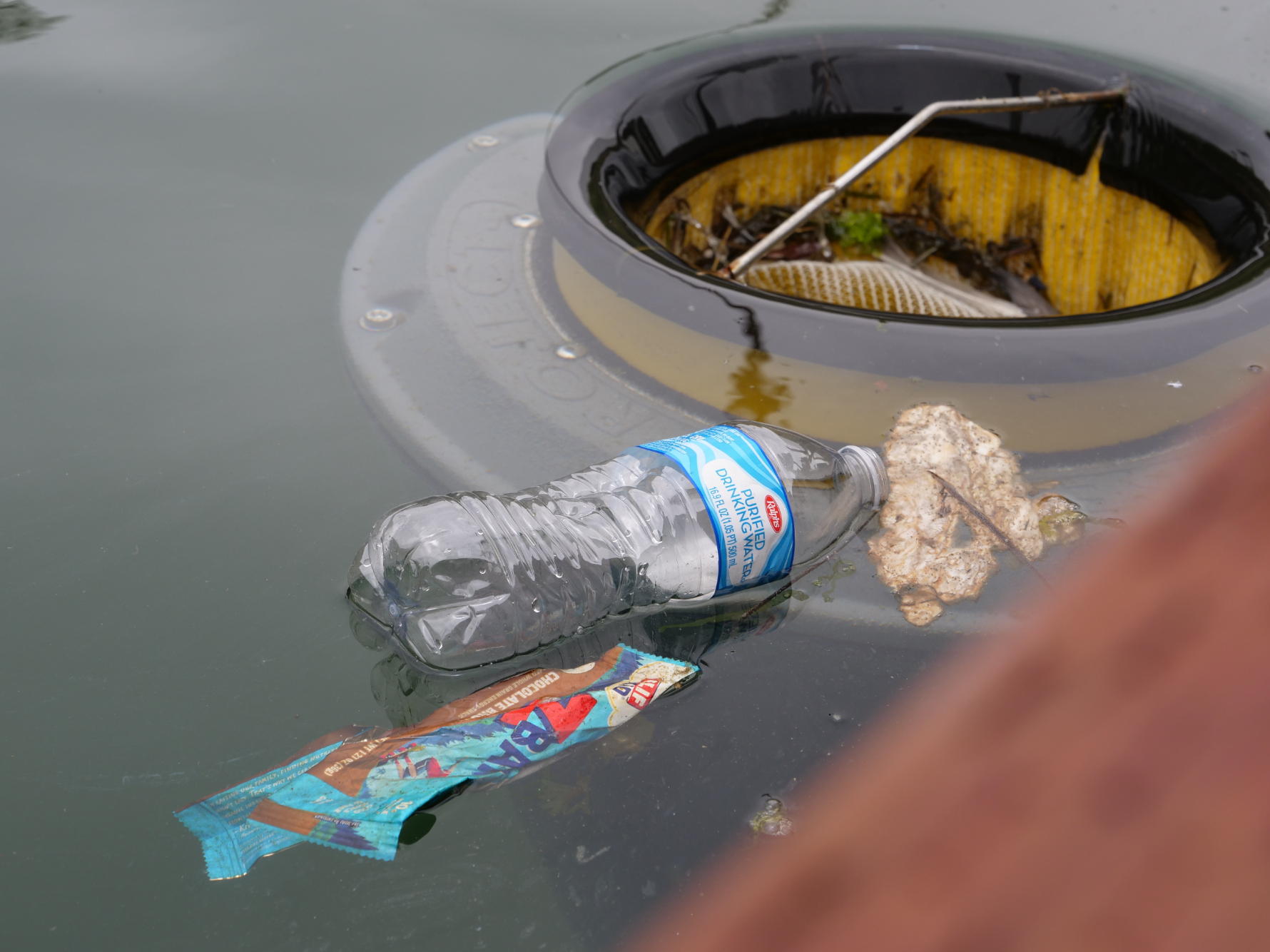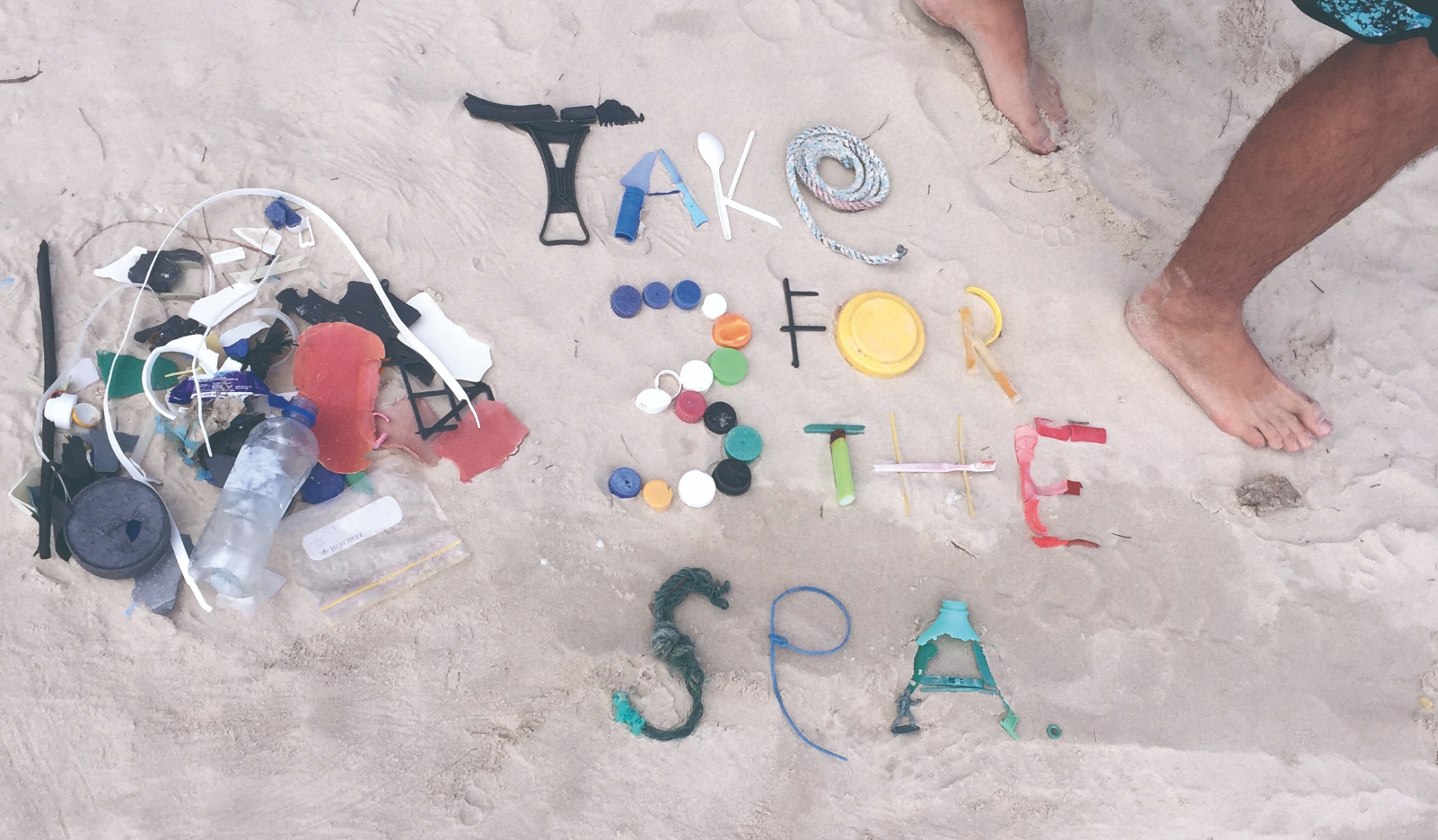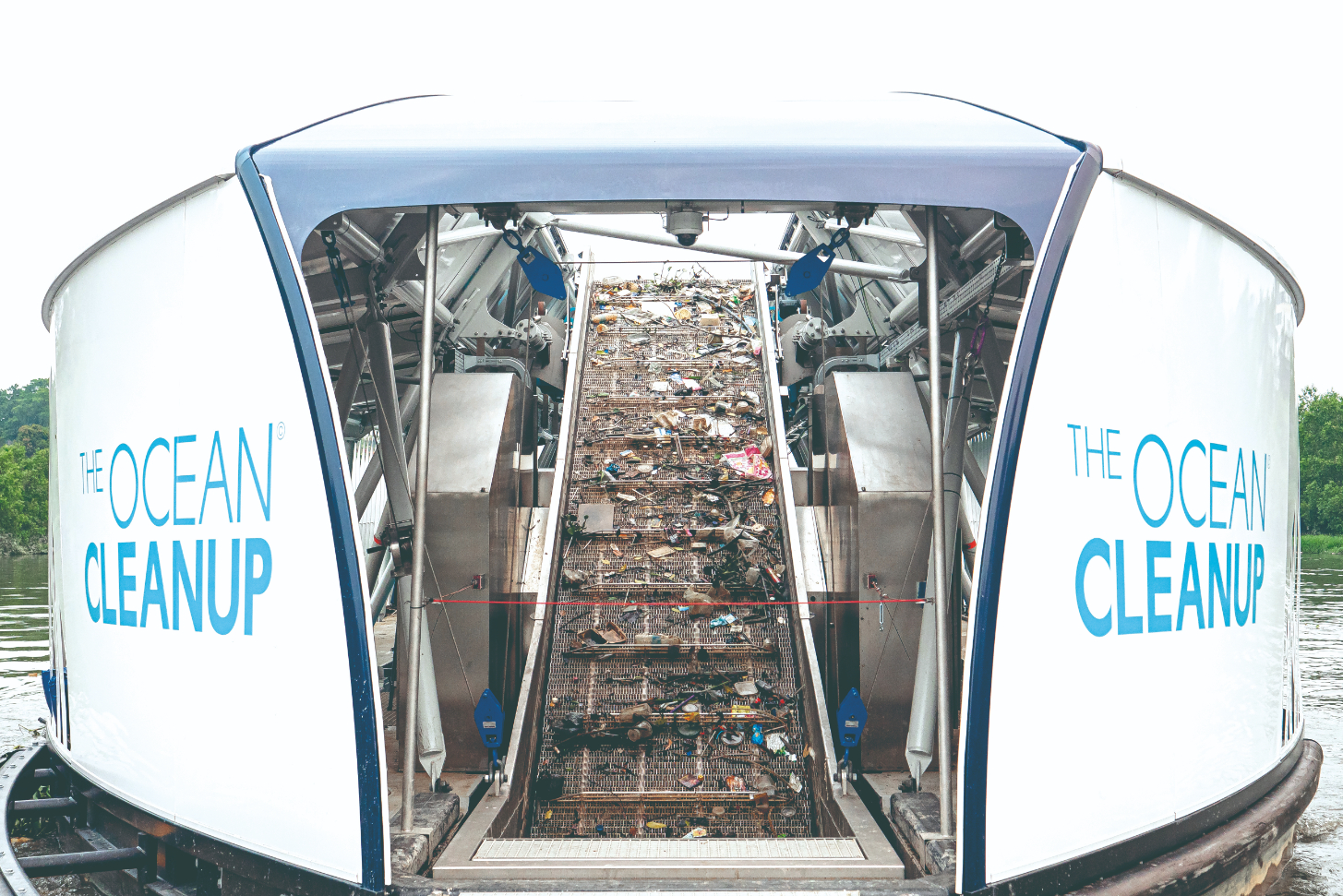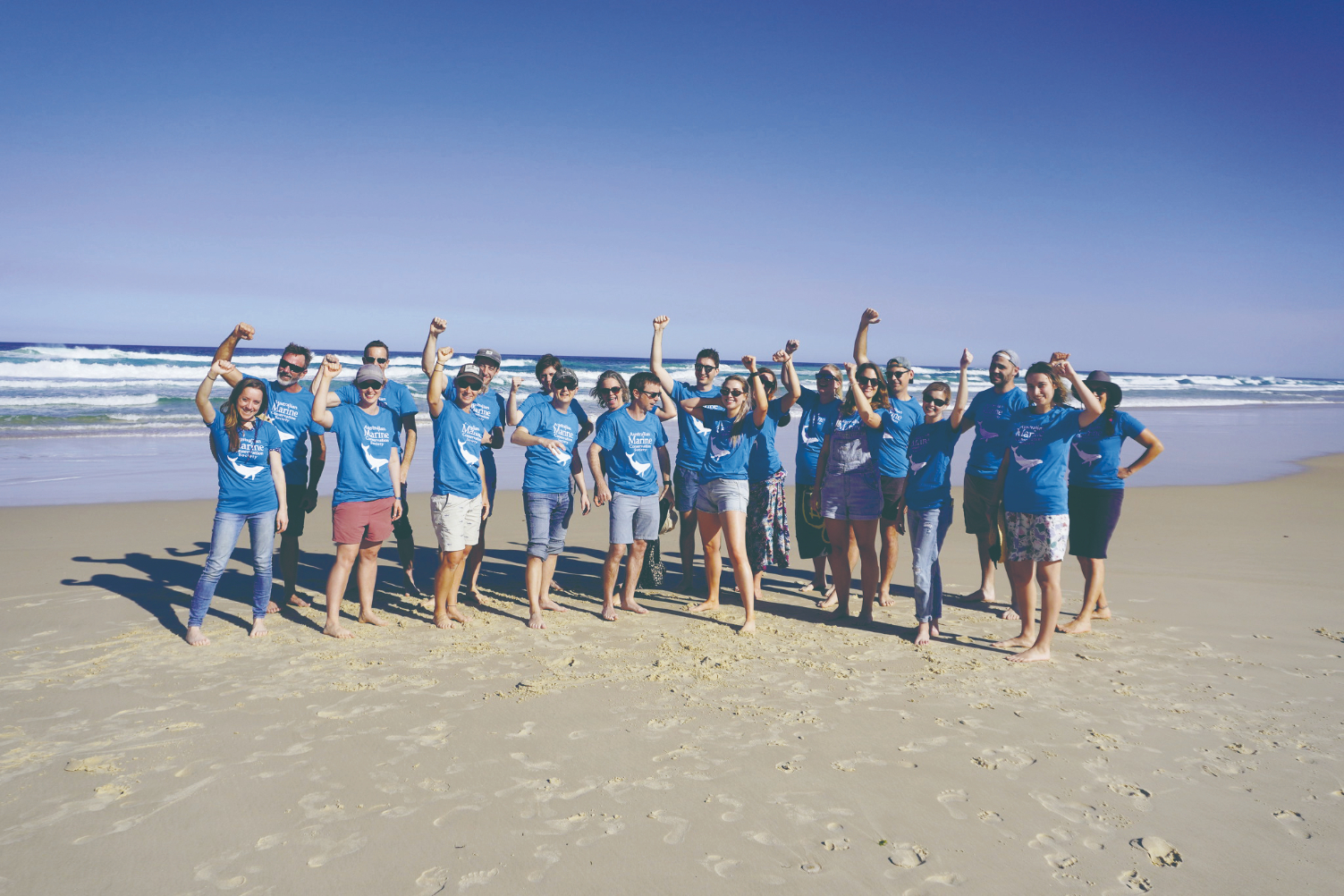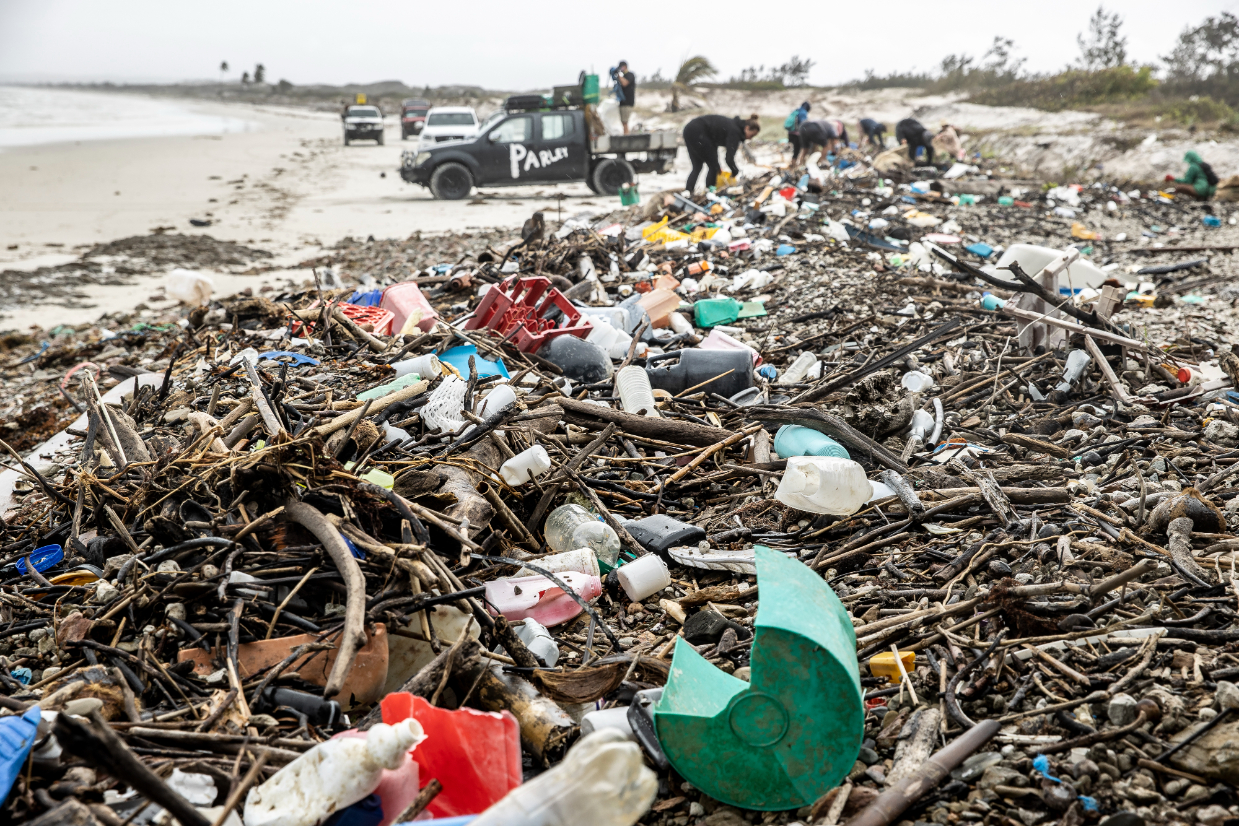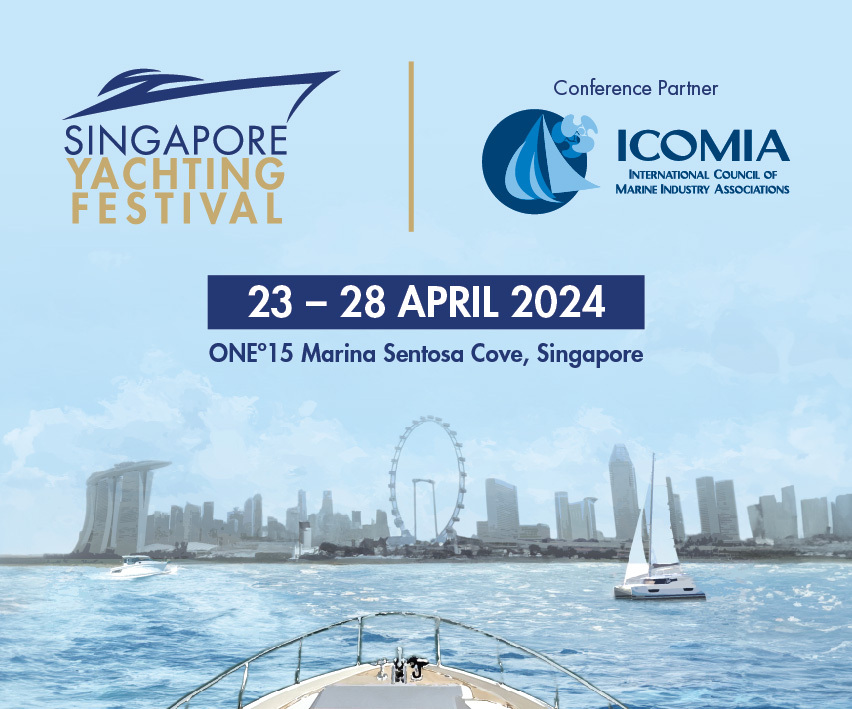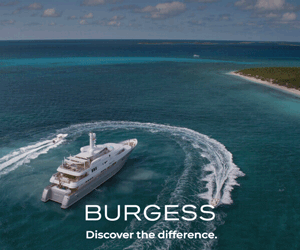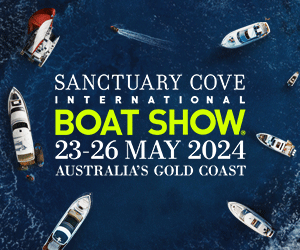Sea change
In light of World Oceans Day on 8 June, we focus on some of the international organisations committed to ocean conservation and investigate what they have in store next ...
Written by Jeni Bone
08 June 2022
Our connection to the ocean – its beauty and bounty – has existed since the beginning of time. No less, biodiversity, our food supply and the livelihoods of millions, even our oxygen supply, depends on the health of our oceans.
Building on the legacy of researchers and conservationists, including Matthew Fontaine Maury, Sir John Murray, Sylvia Earle and Jacques Cousteau, contemporary ocean advocates are harnessing high-tech methods and the force of citizen science to compel governments to create policies that protect and preserve our greatest natural asset.
Coral Sea Foundation
Raising awareness of the ecological and social value of the Coral Sea and Eastern Coral Triangle, the Coral Sea Foundation has been working since 2019 for the sustainable management of the region.
As Executive Director Dr Andy Lewis explains, “This region contains the last great reservoir of ultra-diverse coral reef in the world. Most of it is remote and rarely visited, and there are insufficient marine protected areas to achieve robust conservation outcomes.
“Combining an ethos of science, gender equity and sustainability, the foundation works with traditional owners to develop marine reserves that enhance fisheries and protect biodiversity, while delivering humanitarian aid to improve basic quality of life for those in partner villages.”
The Coral Sea Foundation supports the award-winning Sea Women of Melanesia (SWoM) program, which empowers indigenous women in Papua New Guinea (PNG) and the Solomon Islands with training, skills, equipment and resources so indigenous communities can create and manage Marine Protected Areas (MPAs).
SWoM has conducted expeditions to Lizard Island and the Whitsunday sector of the Great Barrier Reef, which revealed the remarkable recovery of the coral communities after recent severe cyclones and bleaching events.
What’s next?
“Our objective is to continue to increase the size and capability of our SWoM teams to open new field offices in ecologically significant regions,” says Dr Lewis. “Next is bringing our first sailing catamaran into operation on the Great Barrier Reef to deliver our advanced Reef Survey Training programs.”
The Coral Sea Foundation relies on vessel support for its projects and welcomes yacht owners who want to get involved.
Blue Marine Foundation
Blue Marine’s origins stem from the award-winning film The end of the line, which first drew the world’s attention to the overfishing crisis. According to the organisation, “Industrial-scale fishing is one of the most pressing, yet under-appreciated, environmental issues of our times.
“The ocean’s complex web of biodiversity provides us with 50 percent of the earth’s oxygen and absorbs over a third of the carbon dioxide we produce. By removing the life within it, we are reducing the ocean’s capacity to stabilise our climate.”
Blue Marine is securing huge ocean areas under protection, restoring habitats and species, combating the most damaging forms of overfishing, and supporting low-impact, sustainable fisheries.
Since it was established in 2010, Blue Marine has contributed to the protection of over 4 million square kilometres of ocean, restored threatened oyster habitats, established models of low-impact fishing and led many successful campaigns, including one that saw the ban of electric pulse fishing.
Based in London, it currently runs around 50 projects and campaigns worldwide as far afield as Patagonia and the Maldives, combining educational work, support for local artisanal fishers and protecting seagrass.
The charity establishes models to serve as blueprints for local communities, other NGOs and governments. Funds are raised from various sources, but the highest profile has been the annual London to Monaco cycle ride (london-monaco.cc).
What’s next?
It looks like 2022 is set to be Blue Marine’s most exciting year yet with new projects, new campaigns and more investigative, policy and legal challenges.
Educational sites such as TheSeaWeBreathe.com will help more people make the connection between ocean and climate health. Meanwhile, Executive Director Charles Clover is publishing a second book, Rewilding the sea, which is both a call to arms and a message of hope.
Blue Marine’s aim is to see 30 percent of the ocean protected and the other 70 percent sustainably managed in the coming decade.
Seabin
Having spent years sailing the world, boatbuilder and sailor Andrew Turton dared to ask: if we can have rubbish bins on land, why not in the water? And so, in 2013 he teamed up with fellow boatbuilder Pete Ceglinski and the two created the Seabin, a trash skimmer placed in the water to capture floating marine debris.
Thanks to a viral video with over 1.2 billion views, the Australian start-up managed to scale into 53 countries in just two years.
But the understanding that plastic pollution in our oceans is symptomatic of human behaviour meant they’ve stopped selling products globally, and now focus on data, prevention, community activation, creating employment, social licence and clean-up.
Seabin’s aim is to clean up 100 cities by 2050, using Sydney as their first case study and proof of concept.
“The formula is simple,” explains Mahi Paquette, CEO of the Seabin Foundation. “Obtain social licence from the community, back it up with data and then support policymaking and new legislation at local, state and federal government levels.”
What’s next?
“We’ve shifted to data monitoring, installed in coves, harbours, ports and waterways. We’ve also placed them inland to track where litter is entering, and monitor weather patterns, rainfall events, winds, water catchment, cyclones, waste management and correlations,” says Paquette.
“The next city is Los Angeles, California. The service-based city program model aims to clean up marine debris 24/7 and identify the key issues to address at the source, turning off the tap of plastic pollution.
“This year, we’re also adding Internet of Things (IoT) sensors to collect water-quality data on an hourly basis with certain Seabin units. Observing correlations between several factors helps us report to communities.”
The 100 Cities campaign provides a structured and supported way for the Seabin Project to go truly global. “I believe that 100 cities can change the world,” says Ceglinski.
Take 3 for the Sea
In 2010, marine ecologist Roberta Dixon-Valk and youth educator Amanda Marechal joined forces with environmentalist Tim Silverwood to launch Take 3 for the Sea.
Headquartered on the Central Coast of New South Wales, Take 3 encourages people to simply take three pieces of rubbish with them whenever they leave the beach, waterway – anywhere they go, in fact.
“We want to raise awareness of plastic pollution and inspire change in schools, surf clubs, communities and corporates,” says Jenny-Lee Scharnboeck, Head of Partnerships. “Sometimes, people can feel overwhelmed by the problem – the simplicity of our message is very effective.”
Delivering education programs, Take 3 has reached over 500,000 students from more than 1,000 Australian schools. And they’re now active in 129 countries, conducting events.”
In June 2021, Take 3 hosted its inaugural Youth Summit. Coinciding with World Oceans Day, it involved 200 student leaders from 40 schools.
What’s next?
“We’ve planned our approach to the tourism industry, which relies on pristine environments,” says Scharnboeck.
As a result, the First Wave Pilot Program, in partnership with the NSW Environment Protection Authority (EPA), will start the conversation with tourism operators.
In 2022, Take 3 will take its message to rural and regional Australia, and the CEO Clean- Up will be held in Sydney in May and on the Central Coast in November, inspiring senior management to invest in their quest.
The Ocean Cleanup
In 2013, at the age of 18, Dutch inventor Boyan Slat founded The Ocean Cleanup in his hometown of Delft, in the Netherlands. From his experiences diving in Greece, Slat was struck by the amount of plastic in the water and the need to rid the world’s waterways of plastic.
As a result, he researched plastic pollution in the world’s five large oceanic gyres and, in 2012, delivered a TedX talk with his concepts for removing plastic from the oceans using technology. The video went viral, and the momentum that followed allowed him to establish The Ocean Cleanup.
Today, the team – which consists of 120 engineers, researchers, scientists, computational modellers and supporting roles – has the sole aim of ridding the world’s oceans of plastic.
Over years of developing innovative technology, The Ocean Cleanup has continually improved its design, working toward a fleet of systems capable of eradicating the Great Pacific Garbage Patch.
The recent addition of new technology and artificial intelligence (AI) tools allows the team to create detailed maps of plastic densities in remote ocean locations. Refining AI object detection software over the past two years, the research team has a more effective means of detecting and monitoring plastic debris.
This software, combined with automated time-lapse images along GPS-tagged transects, creates a remote sensing approach to detect and map the dynamic behaviour of floating ocean plastic more efficiently. “Knowing how much and what kind of plastic has accumulated in the ocean garbage patches is especially important,” explains Robin de Vries, Geospatial Analyst at the Ocean Cleanup.
“This knowledge determines the design of clean-up systems, the logistics of hauling plastic back to shore, the methods for recycling plastic, and the costs.”
Working in collaboration with Maersk offshore and logistics services, System 002, also known as Jenny, undertook a massive haul from the Great Pacific Garbage Patch in October 2021. The plastic harvest spanned tiny debris fragments to immense ghost nets, as well as toilet seats, toothbrushes, shoes, crates and discarded fishing gear.
What’s next?
All carbon emissions from the System 002 campaign will be offset with the aim of reaching carbon neutrality and, in collaboration with Maersk, the organisation is experimenting with low-carbon fuels for support vessels.
The design of System 003, which at a length of 2.5 kilometres (1.5 miles) will be three times larger than System 002, is expected to be the blueprint from which the organisation can develop a fleet of systems for cleaning the oceans.
Based on findings from previous test campaigns, they expect to deploy a fleet of ten systems capable of reducing 50 percent of the gyre every five years.
Australian Marine Conservation Society
A precursor to the Australian Marine Conservation Society (AMCS) was formed in central Queensland in 1965 by marine scientists and avid bushwalkers from the University of Queensland and CSIRO and, in the mid-1990s, they broadened their focus to take on national issues.
As Jo Manning, Media Advisor for AMCS, explains: “We’ve advocated for the Great Barrier Reef since our inception, when we defeated an application to mine coral in 1967.
“We continue to ensure the reef can be enjoyed by future generations, working for stronger action on climate change, water pollution and fishing threats.
“We also campaign on improving fishing practices throughout Australian waters, sustainable seafood, protections for threatened marine species, including sharks, reducing plastic pollution and expanding marine parks and sanctuaries.”
Over the past 57 years, AMCS has continued to secure the protection of habitats and species in Australia’s oceans. Run by a group of passionate people committed to making a difference, their campaigning has yielded significant results.
“We defeated a Subsea 7 oil and gas pipeline fabrication project near the Exmouth Gulf (Ningaloo) and achieved new marine protection commitments in the Christmas and Cocos Islands in 2021,” Manning says, also noting seabed mining was officially banned in the Northern Territory last year.
What’s next?
“It’s a big year for the Great Barrier Reef. The World Heritage Committee will consider its status at the next meeting in June 2022. A strong decision from the committee could lead to stronger action on climate change, water pollution and fishing threats from the Australian and Queensland governments,” says Manning.
SeaLegacy
SeaLegacy was founded in 2014 by photographers Cristina Mittermeier and Paul Nicklen, with the aim of driving actions that achieve measurable, sustainable and equitable returns for people and the oceans.
Kait Burgan, Communications Manager at SeaLegacy, explains: “We work all over the world, on board the SeaLegacy 1, in person and virtually at high-level meetings and conferences. We also have a remote team of colleagues in different countries.
“Together, we believe when people have the chance to connect with our oceans, they will see the real potential of oceans to heal our planet and strengthen our communities, making conservation aspirations more achievable.”
SeaLegacy has grown rapidly, reaching millions worldwide and fuelling tremendous support for ocean conservation and climate action. “As the community grew, our founders looked to experts for new ideas and innovations,” says Burgan.
“And we began to think bigger – what would it look like to have a place for our community to meet, learn, share and grow? What impact would we see if we all came together for tangible collective action, informed by the best research, targeting the highest impact solutions?
“That idea became the Only One Collective, which we’re building and growing as a new digital hub to mobilise action on ocean conservation, bringing in new partners.
“SeaLegacy’s piece of the puzzle is the storytelling we continue to do through our SeaLegacy expeditions. The Tide is our core network of monthly small-dollar donors, a community comprising over 8,500 supporters giving what they can to help rebuild the ocean for all people and the planet.”
What’s next?
In 2022, SeaLegacy will accelerate support among key decision-makers to advance the three critical MPAs in Antarctica’s Southern Ocean.
“We’ll focus on advocating for high levels of enforcement and increased protection in newly designated MPAs in Ecuador, Colombia, Costa Rica and Panama, and encourage governments to fulfil their pledge to protect 500,000 square kilometres in their Pacific Ocean Exclusive Economic Zones,” says Burgan.
“This will help move these countries closer to highly or fully protecting at least 30 percent of their marine areas by 2030.”
Also on the agenda is shark protection, which intersects with many SeaLegacy ocean protection goals.
Gold glory for Singapore marina


